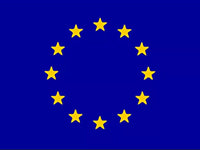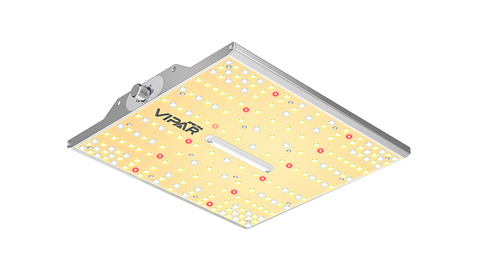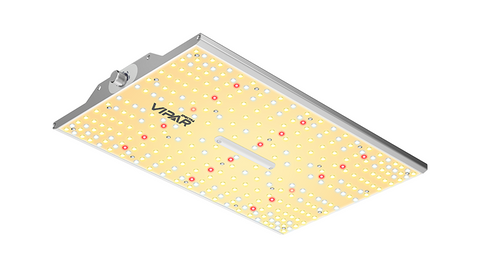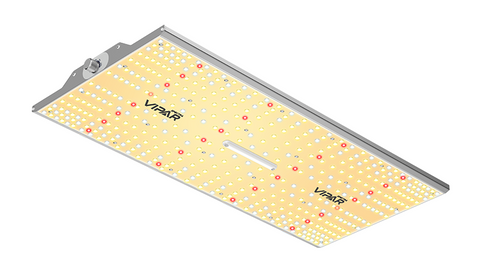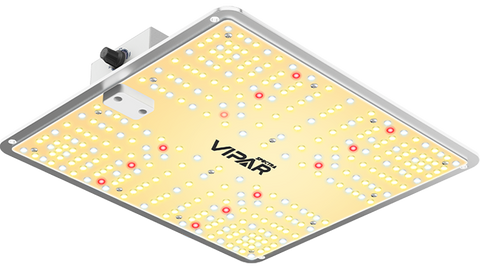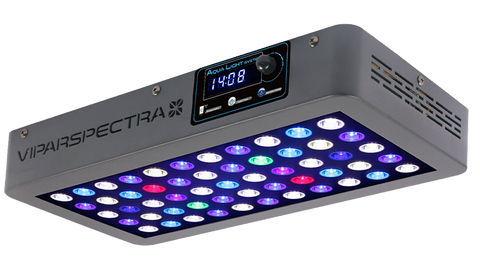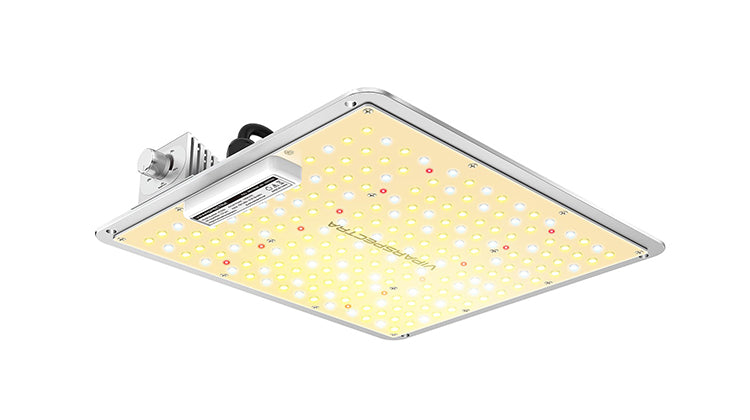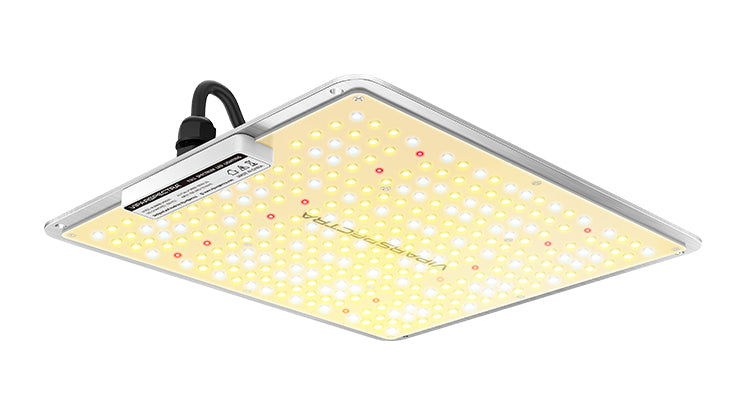As more and more plant growers are adopting energy-efficient lighting sources over conventional incandescent lights, LEDs are gradually gaining dominance over the market. LEDs or Light Emitting Diodes can be your best bet for supplemental lighting to grow plants. However, with HPS or High-Pressure Sodium technology incorporated in LEDs, initially, you might have to make significant investments. The energy-efficiency and long-lasting LEDs will, nevertheless, be worth every penny.
While choosing the LED lamps, there are a few factors that you should keep in mind for a good service life –
- Operating hours of the lamp annually
- Purchasing cost of lamps
- Installation and maintenance cost
- Electricity cost
- Additional cost for electrical capacity in some lamps (if any)
- Efficacy or electrical efficiency that varies in each type of LED lamp
Primarily, if not exclusively, you should consider the economics of lighting technology while choosing a light. The lifespan of an LED lamp varies from type to type. Therefore, the question may arise, how many months or years should you wait after installing a new lighting fixture to save enough energy to compensate for the consumption? Here also, your answer will vary according to the type of the lamp.
Nevertheless, it is the efficiency or efficacy of the lighting that you should put the most emphasis on before making a decision. The efficacy and efficiency of plant lights are used interchangeably although, in technical terms, we use the term ‘efficiency’ only in the case of the same numerator and denominator units. Therefore, you will often find LED light fixtures for plants that have 100% efficiency.
When numerator or output and denominator or input are not the same, the ratio refers to efficacy. Although it is useless to determine the efficiency of plant growth inhibitor spray, you can determine the efficacy of spraying treatment by measuring the reduction of the height of the plant divided by the required amount of chemical. In this case, the proper term will be ‘efficacy’ as the lighting values have dissimilar units of input and output.
The efficacy of any electrical lighting system was dependent on the perception of lighting in humans until recently. Human light perception is significantly subjective to the green spectrum and it is determined as the luminous efficacy which is measured in Lumens/ watts i.e. the number of produced lumens per watt (energy consumption). On the other hand, photons with PAR (Photosynthetically Active Radiation) or wavelengths ranging in 400-700 nanometers trigger photosynthesis. Hence, it can be said that such a luminous efficacy metric will not be appropriate for application on plants.
The proper metric to measure plant lighting will be PPE (Photosynthetic Photon Efficacy). It is measured by dividing PAR Photon Output (namely, PPF value) (μmol·s–¹) or micromoles/second unit with Watts (W) required as input power to produce the light. Therefore, its unit is stated as μmol·s–¹·W–¹. As 1 Watt (W) = 1 Joule/ second (J·s–¹), you can simplify this ratio as joule/ second or μmol/ second (μmol·J–¹).
You can measure the total energy output for the LED growing lamp by –
- Flat Plane Integration
- Integrating Sphere
The Integrating Sphere refers to the hollow sphere that can reflect lights from the inside, thanks to the highly reflective white coating to the interior. Once you insert the LED lamp, electrical output with any ballast and the light output will be measured. However, this type of integrating sphere can be quite pricey and needs proper expertise for operating. That is why the measurements in these spheres are conducted by lighting companies and independently working lighting laboratories regularly.
For example, a single-ended 400 watts HPS (High-Pressure Sodium) lamp having magnetic ballast has PPE measuring about 0.9 μmol·J–¹. At the same time, the double-ended HPS (High-Pressure Sodium) lamp with 1000 Watts power and electronic ballast will have its PPE measured as about 1.7 μmol·J–¹. This value in different LED lamps will considerably differ and as a matter of fact, you will find several new light fixtures in which the PPE exceeds 2.0 μmol·J–¹. In terms of the conversion of photosynthetic photons from electricity, you need a higher PPE value so that it is more effective.
As the LED PPEs are rapidly increasing, the purchasing costs are reduced accordingly, and therefore, many new plant growers are having second thoughts before investing. The LED composition in a system and the maximum theoretical PPE in LEDs range in 4.6-5.1 μmol·J–¹ are co-dependent. It is highly unlikely that you can get such extravagant values in a lifetime, although it can be said that in the next ten years, you will get about 3.5 μmol·J–¹ efficacy.
It is futile to wait for more advanced technology because of unpredictable market standards. Experienced growers are often found to use dirty and old HPS lamps with 400 watts of power. If they upgrade to new and modern technology, their electric bill will be over 50% less than now.
If you use LED lamps for over four months annually i.e. 2000 hours or more and if your electric bill is above the standard cost i.e. USD 0.12 kWh, you are sure to get a payback within 2-3 years, more if there is energy return. So, you should make your economic analysis depending on your case and you will understand which type of lamp will be your best investment for the long term.



